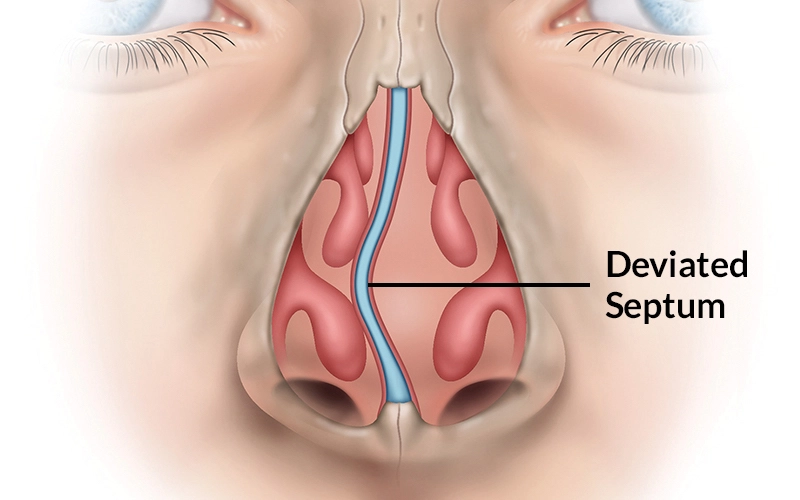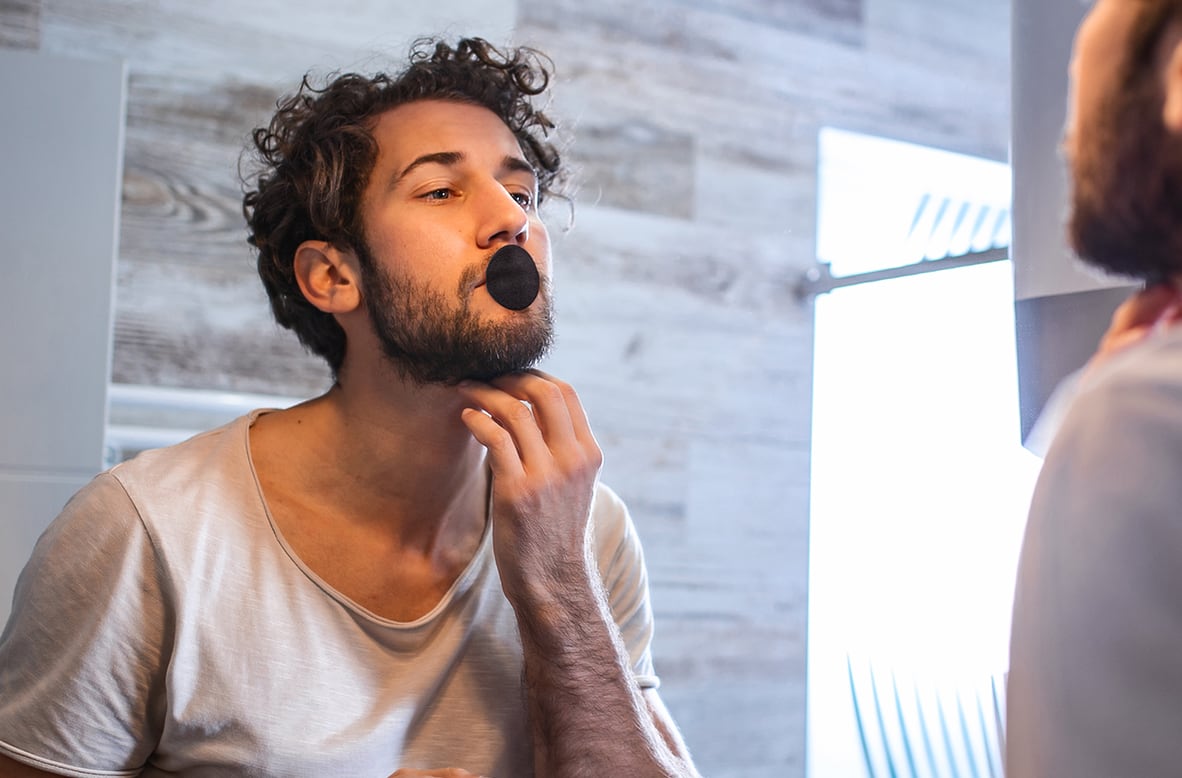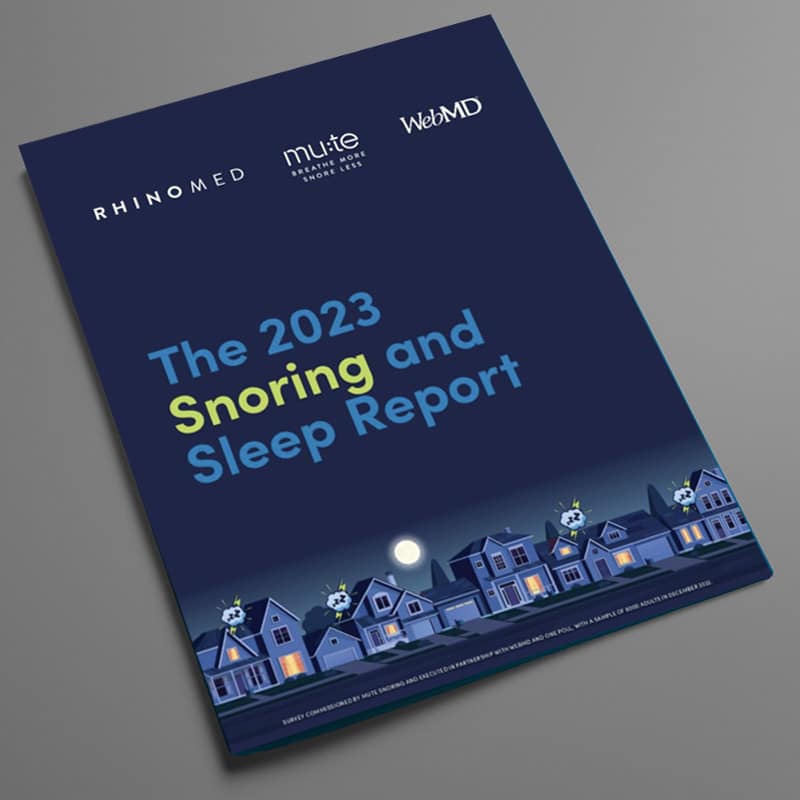By Nancy H. Rothstein, MBA
The Sleep Ambassador®
The last thing I expected to hear when interviewing Dr. Soroush Zaghi, Medical Director of The Breathe Institute[1], was, “I’m scheduled for a septoplasty next week.” Wait! What? The expert being treated for what he performs regularly? I replied, “How long have you had a deviated septum?” I was surprised when Dr. Zaghi said he’d had the condition since tenth grade when he was hit in the nose with a basketball. “Why now?”, I asked. “I was envious of my patients because they are doing so well and rubbing it in my face!” Having tried other solutions, Dr. Zaghi was ready to breathe better when exercising, not to mention “feeling as great as my patients.”
WHAT IS A DEVIATED SEPTUM
A deviated septum is a common condition in which the nasal septum – the thin wall of bone and cartilage inside the nose that divides the nasal cavity in half – is off-center or crooked. Hence, the septum is deviated. When severe, a deviated septum can block the airflow in one side of the nose, making it more difficult to breathe.
SYMPTOMS & WHAT DO I DO ABOUT IT
Just to get a sense if you have a deviated septum, you may do a simple self-test for you or for your child:
- Place your index finger on one side of your nose and breathe in air on the nostril that is open.
- Do the same thing on the other side of your nose.
- While doing steps 1 and 2, check how easy or difficult it was for air to pass through your nostrils.
While most people have mild symptoms, if any, the next step is to check with your healthcare provider or an ear, nose, and throat (ENT) specialist for evaluation and a physical exam, especially if you have any of these symptoms: Difficulty breathing on one or both sides of the nose, headaches or face pain, nasal congestion, noisy breathing or snoring, nosebleeds, sinusitis (inflammation of the sinuses), or sleep apnea.
CAUSES & MYTHS
While an injury to the nose from a sports or car accident, a fall, or being hit in the nose can cause the nasal septum to be moved out of position and result in a deviated septum, it may also be congenital or present at birth. Another cause can be the aging process. affecting nasal structures and worsening a deviated septum over time.
In his video, 3 Deviated Septum Myths Debunked[2], Dr. Steven Park, ENT and author of Sleep, Interrupted[3], explains the anatomy of a deviated septum, myths about why it occurs, and solutions/surgical procedures for treatment. Dr. Park offers observations and explanations about why the deviated septum has become more and more prevalent for children as well as adults, causing problems with facial structure and compromising breathing.
Another misconception is that a deviated septum causes allergies. In fact, allergens trigger allergy attacks. Allergies can be treated with medications, diet, and other means, whereas a deviated septum can only be corrected through surgical procedures or if mild, managed with other recommended solutions such as the Mute nasal dilator described below.
SOLUTIONS, MANAGEMENT, & PREVENTION
While most people don’t need deviated septum surgery because they have no symptoms or their symptoms are mild, there are solutions that can enhance optimal breathing. The Mute[4] nasal dilator gently opens the nasal airway, particularly effective for a deviated symptom as well as for snoring and congestion. For a person with a compromised nasal cavity, putting in a Mute can offer an “ah ha” moment as they suddenly feel increased airflow which was previously minimized by the structural impediment of a deviated septum.
If your deviated septum symptoms are causing ongoing discomfort or are severe, you may be a candidate for a surgery called a septoplasty[5]. To decide what’s best, your healthcare specialist will evaluate your symptoms and physical condition to determine whether a septoplasty is the best course of action as well as to evaluate other solutions for the short and long term.
As you evaluate a deviated septum, it is an excellent time to analyze the status of your breathing. Nasal breathing is the optimal way to breathe vs. mouth breathing[6]. There are many reasons why people mouth breathe in addition to having a deviated septum. It is important for your health, energy, sleep, and wellbeing to attend to your breathing. Start with James Nestor’s book, Breath: The New Science of a Lost Art[7]. Your perspective on breathing will be forever changed for the better. The Hobson Institute Breathing Clinic offers a virtual Breathing Retraining Course[8] designed to help people breathe optimally for better health and living. Dr. Jennifer Hobson offers, “In my on-line breathing retraining program, I highly recommend using nasal dilators such as the Mute which has helped me and many others open up the nasal passages during sleep and exercise.”
You may be able to prevent the injuries to your nose that can cause a deviated septum with precautions such as wearing a helmet or contact sports, wearing a seatbelt in the car, and ensuring you and your children are breathing properly through the nose and not the mouth.[9]
We must breathe to live. Taking steps to identify and resolve impediments to healthy breathing are essential to live well, both asleep and awake.




